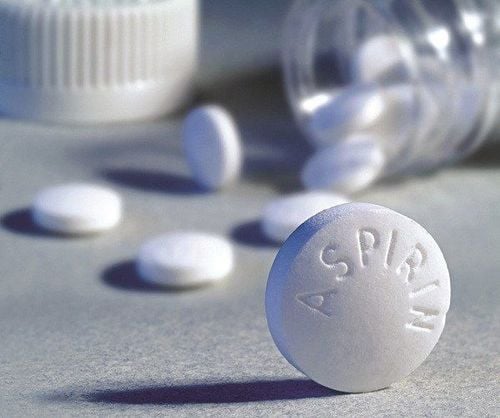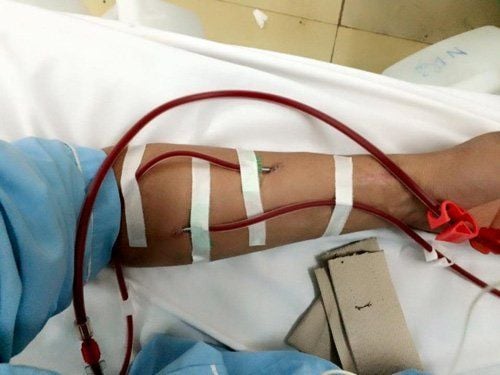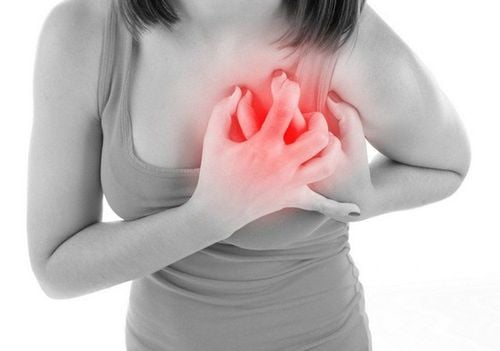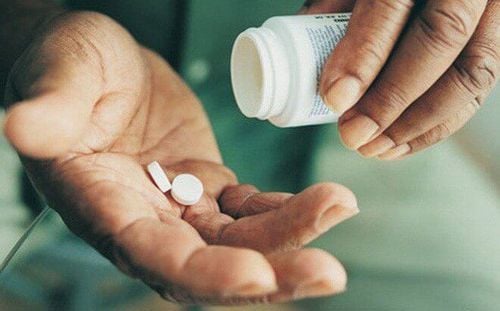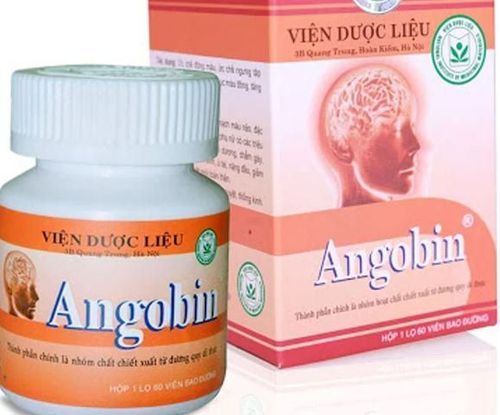This is an automatically translated article.
The article was written by Specialist Doctor II Pham Tien Ngoc - Emergency Doctor, Emergency Department - Vinmec Central Park International HospitalA stroke is the result of an acute blockage or rupture of a blood vessel supplying the brain. The area of the brain that is fed by that artery is ischemic and necrotic.
1. Stroke symptoms
Symptoms get severe right away. However, in some cases, symptoms appear mild at first, then after a few hours or a few days, they become progressively worse.
Clinical symptoms in stroke patients are divided into 3 groups of symptoms:
Focal neurological symptoms (motor, sensory, vegetative, mental,...). General neurological symptoms. Symptoms of meningococcal syndrome.
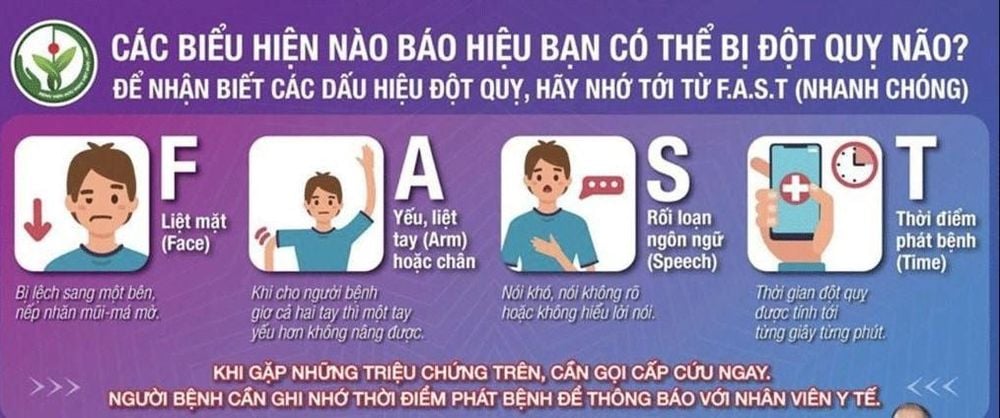
Các triệu chứng đột quỵ
2. Stroke risk factors: divided into 2 risk groups
Group of unmodifiable risk factors: age, gender, race and genetics. Men are more affected than women in all age groups, the male/female ratio is 1.5 to 2 times higher. Many domestic and international studies have concluded that stroke increases with age and increases markedly after 50 years of age, with the greatest concentration from 50-70 years old. The group of modifiable risk factors such as: hypertension, heart disease, diabetes, dyslipidemia, transient ischemic attack, smoking, alcoholism, obesity,... The causes of cerebral vascular occlusion from the heart are common in young people, hypertension in 4-20%, smoking in men 33-77%.
3. How to give first aid to stroke patients
3.1 What to do while waiting for an ambulance If the patient is awake: lie on his side, head about 30-45 degrees, do not feed, or drink anything, remove foreign objects or wipe sputum in the mouth can cause difficulty breathing, if the patient is paralyzed, when transporting need help and lying on the non-paralytic side, call the nearest medical facility. If the patient is lethargic: check the pulse, breathing, put the patient on the non-paralyzed side, raise the head slightly, call the nearest medical facility. If the patient is comatose: if the pulse is not visible or breathing stops, perform external chest compressions, and at the same time call urgently to a medical facility for instructions on the treatment of circulatory arrest, transport to a medical facility nearest emergency treatment.
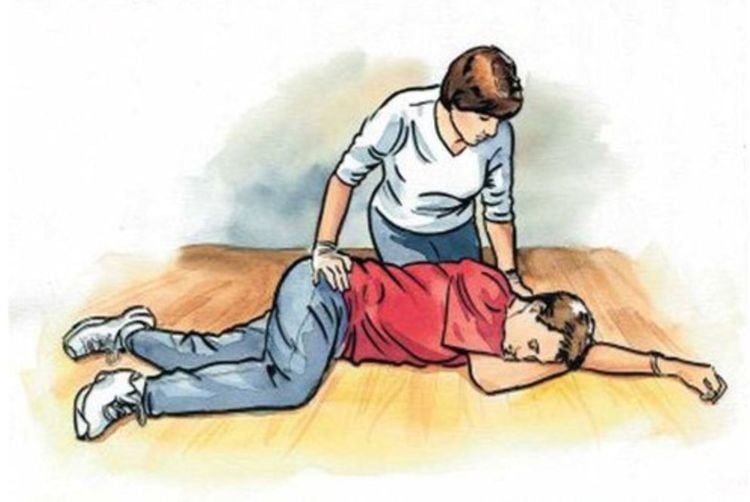
Sơ cứu bệnh nhân đột quỵ bằng cách đặt bệnh nhân nằm nghiêng đầu
3.2 Emergency treatment methods for cerebral embolism (at a hospital with a stroke unit) The purpose of early revascularization to save the brain infarction area, currently, there are 2 basic measures: using diuretics thrombosis and endovascular intervention to remove thrombus.
Treatment of thrombolysis with intravenous drugs (it takes a golden time to manage from symptom onset to hospital admission 4.5 hours), intravenous drugs < 6 hours, especially for some patients. In special cases the treatment window may be longer. Collecting thrombi with mechanical tools: Penumbra thrombosis suction system, MERCI spiral, stent-shaped instruments such as Solitaire, Trevo,... Surgical treatment of hemorrhagic stroke.
4. Magnetic resonance imaging - MRI/MRA - a "golden" tool for brain stroke screening
Currently, Magnetic Resonance Imaging - MRI/MRA is considered a "golden" tool to screen for brain stroke. MRI is used to check the condition of most organs in the body, especially valuable in detailed imaging of the brain or spinal nerves. Due to the good contrast and resolution, MRI images allow to detect abnormalities hidden behind bone layers that are difficult to recognize with other imaging methods. MRI can give more accurate results than X-ray techniques (except for DSA angiography) in diagnosing brain diseases, cardiovascular diseases, strokes,... Moreover, the process MRI scans do not cause the side effects seen in X-rays or computed tomography (CT).To screen for stroke, doctors at Vinmec International General Hospital may prescribe brain MRI without injecting contrast, with 3D MRA TOF pulses, supplemented with Axial T2W and or axial FLAIR pulses in time of 7 minutes, helps to detect brain aneurysms, cerebral arteriovenous malformations, dural arteriovenous fistula, cerebral artery stenosis and some abnormalities in brain parenchyma. When there is an abnormality on the cerebral blood vessels, the doctor will prescribe a magnetic contrast pump to investigate more cerebral vascular imaging (MRA). From there, there is an accurate assessment of the shape and size of the abnormality to give appropriate treatment indications.
The 3.0 Tesla MRI system at Vinmec hospitals across the country is equipped with state-of-the-art equipment by GE Healthcare (USA) with high image quality, allowing for a comprehensive assessment, not missing the damage but reducing the damage. shooting time. Silent technology helps to reduce noise, create comfort and reduce stress for customers during shooting, resulting in better image quality and shorter shooting time.
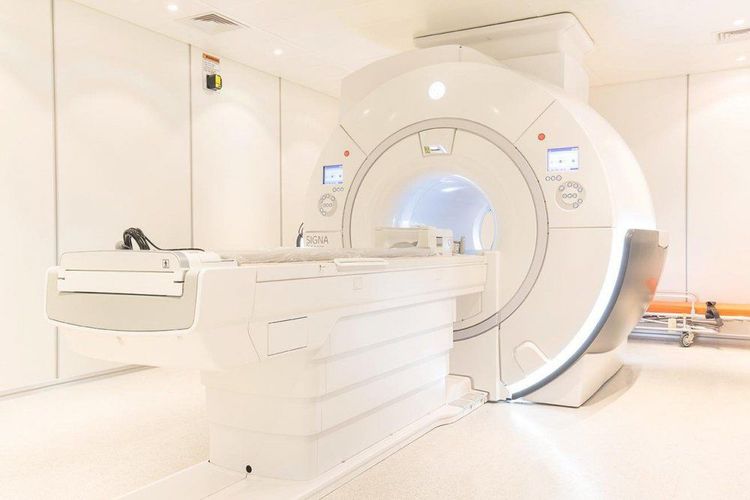
Vinmec là bệnh viện đầu tiên tại Đông Nam Á sử dụng máy chụp cộng hưởng từ mới 3.0 Tesla công nghệ Silent từ nhà sản xuất GE Healthcare (Mỹ). Máy áp dụng công nghệ chụp cộng hưởng từ an toàn, chính xác nhất hiện nay, không dùng tia X, không xâm lấn. Công nghệ Silent rất có lợi cho các trường hợp bệnh nhân là trẻ nhỏ, người già, bệnh nhân sức khỏe yếu hay vừa phẫu thuật.
Please dial HOTLINE for more information or register for an appointment HERE. Download MyVinmec app to make appointments faster and to manage your bookings easily.




